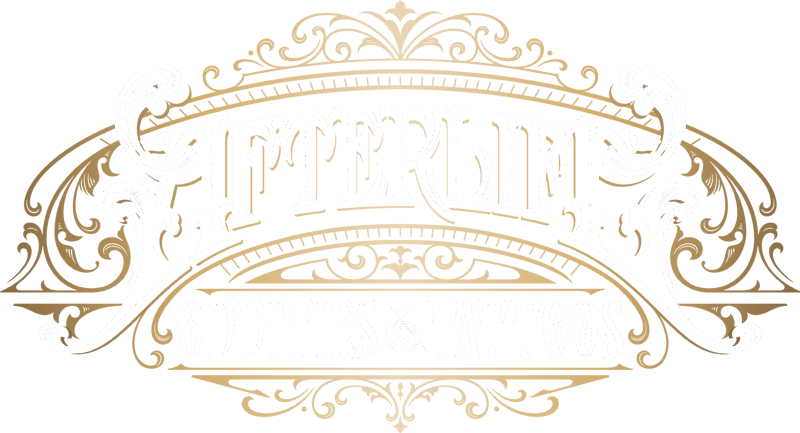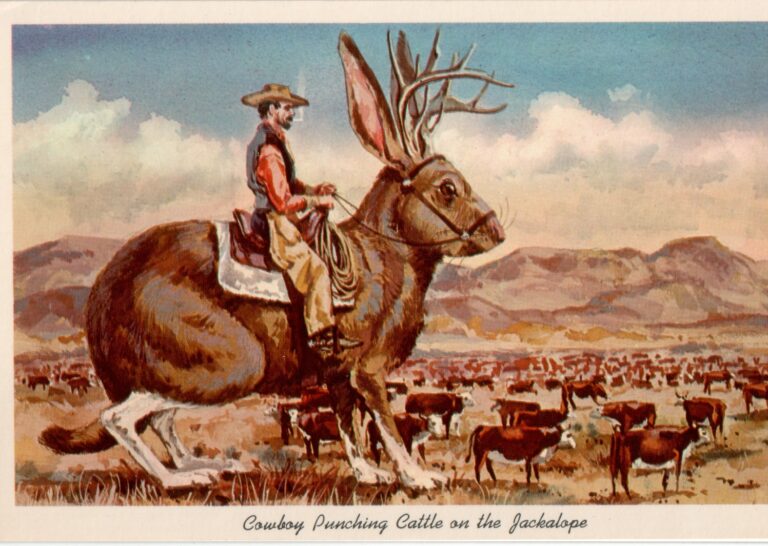Welcome to our blog, where we embark on an intriguing exploration into the origins of taxidermy collecting. As one of the oldest and most enduring forms of natural history preservation, taxidermy has a rich and storied history that spans centuries. Join us as we delve into the origins of this captivating art form and uncover the fascinating stories behind its evolution.
A Glimpse Into the Past: Early Beginnings of Taxidermy
The roots of taxidermy can be traced back to ancient civilizations, where the practice of preserving animal hides and skins for ceremonial, religious, and decorative purposes was commonplace. In ancient Egypt, for example, mummified animals were often included in burial rites as offerings to the gods, while in ancient Greece and Rome, taxidermy was used to create lifelike sculptures and displays of exotic animals.
The Renaissance of Taxidermy: The Age of Exploration and Discovery
The Renaissance period saw a resurgence of interest in the natural world, driven by the Age of Exploration and the discovery of new lands and species. European explorers and naturalists returned from their travels with exotic specimens from distant lands, sparking a newfound fascination with the wonders of the natural world. Taxidermy emerged as a means of preserving these specimens for study and display, with natural history collections and museums springing up across Europe.

The Golden Age of Taxidermy: Victorian Era Collecting
The Victorian era saw the apex of taxidermy collecting, with wealthy aristocrats and collectors amassing vast collections of exotic specimens from around the globe. Taxidermy became a popular hobby among the upper classes, who sought to create elaborate displays of their collections in their homes and private galleries. The development of new techniques and technologies, such as the invention of arsenical soap for preserving specimens, further fueled the growth of taxidermy as a respected art form.

Modern-Day Taxidermy Collecting: A Resurgence of Interest
While taxidermy collecting experienced a decline in popularity during the 20th century, the art form has seen a resurgence of interest in recent years. Today, a new generation of collectors and enthusiasts are rediscovering the beauty and artistry of taxidermy, incorporating vintage pieces into their home decor and starting their own collections. With a renewed appreciation for the craftsmanship and skill involved in taxidermy, this timeless art form continues to captivate and inspire.
Throughout history, several famous individuals have been known for their passion for taxidermy collecting. Here are a two notable individuals:
Charles Darwin: The renowned naturalist and father of the theory of evolution, Charles Darwin, was an avid collector of taxidermy specimens. He often used taxidermy to study animal anatomy and behavior, contributing to his groundbreaking research on natural selection.
Theodore Roosevelt: As the 26th President of the United States, Theodore Roosevelt was known for his love of nature and wildlife conservation. He was an enthusiastic hunter and taxidermy collector, with a vast collection of specimens from his hunting expeditions around the world.
Thank you for joining us on this journey into the origins of taxidermy collecting. We hope you enjoyed our exploration and that it has deepened your appreciation for this fascinating art form. Stay tuned for more insights and discoveries on our blog.


